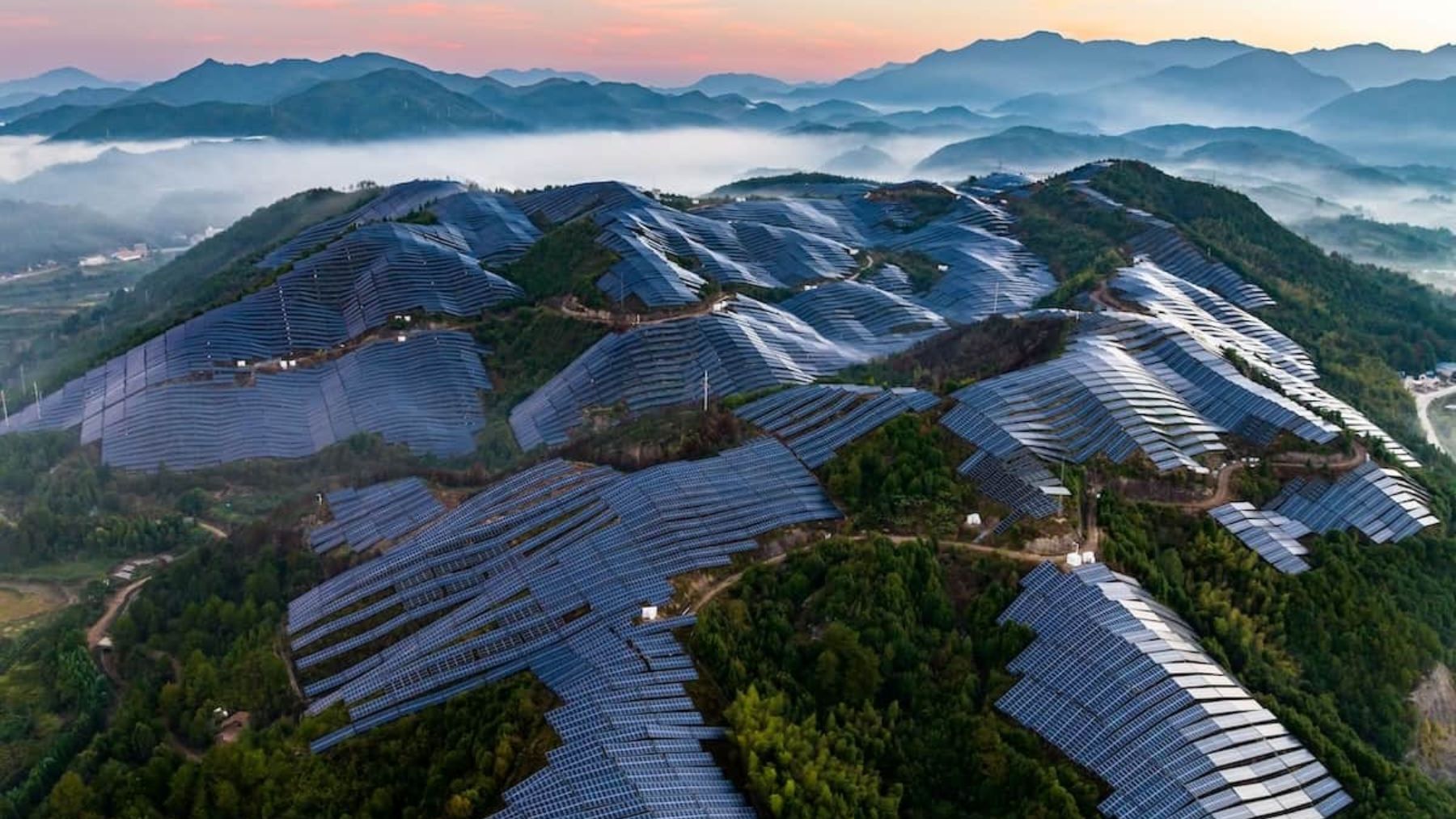Tomorrow marks the UN’s World Day to Combat Desertification and Drought. Yes, that’s a thing, so this seems like as good a time as any to look at China’s anti-desertification efforts in the north, where sandstorms wreck havoc on cities every spring.
Beijing was hit twice by sandstorms this year, though most will probably only remember the first time, on May 4, when pollution air quality index values spiked off the charts (and just as quickly went down, thanks to quite the windstorm).
Some lifelong Beijingers say sandstorms are as much part of the city as heavy rainfall is part of the tropics: in a way, they make Beijing Beijing. But will it always be like this? Just a couple of decades ago, the city saw about 10 sandstorms per spring, not just one or two. What causes sandstorms, how did we get to where we are now, and what are people doing to make them stop?

Sandstorms need three conditions: a source of sand, strong winds, and heat, specifically the type that destabilizes the lower atmosphere above said sand source. (Photo via Department of Foreign Affairs and Trade, Australia)

In Beijing, sandstorms come from two directions: Inner Mongolia in the north, and Xinjiang in the west. Western sandstorms often appear more yellow, while northern ones are grayish white. This year’s sandstorm came from the north
While sandstorms have always been a part of life in northern China, their frequency and intensity has certainly not been consistent throughout history, and is largely influenced by desertification, which is often man-made.
In 407 A.D., an early emperor of the Wushen (or Uxin) Banner, located in Inner Mongolia, described the area as a vast grassland with clear rivers. Xu Tan, a poet of the Tang Dynasty, described that same area as a vast desert, indicating ecological deterioration between the 5th and 10th centuries, rendering the Mu Us desert an artificial desert.
Human influence continues to this day in the form of overgrazing, (water-)intensive agriculture and firewood gathering, all globally known as drivers of desertification. In recent years, another industry is also indirectly contributing to sandstorms: the coal industry. Efforts to decrease local air pollution has resulted in coal plants moving to less densely populated fringes, including desert areas in the north. Because coal extraction causes the pollution of groundwater and also consumes a fair amount of it, the area’s vegetation often withers as a result. As plants die, the desert creeps in.

Photo via Dryland Systems, by CGIAR Research Program on Dryland Systems
But remember, sandstorm frequency is going down. That’s because for decades now, the Chinese government has been working on ways to decrease sandstorms by decreasing the overall area of deserts, especially in regions that were former grasslands or forests. They have done that by implementing grazing bans, incentivizing the planting of certain crops, restricting lumbering practices, etc.
In order to rehabilitate the man-made deserts, the Chinese government has created one of the world’s largest reforestation programs, often called the “Great Green Wall.” This mammoth undertaking is technically called the “three-north shelterbelt” program, and includes the planting of 50 billion trees. The presumption is that vegetation, especially trees, holds down the soil (i.e. the sand source) and holds back strong winds, thereby locally decreasing wind speeds and protecting crops.
The Great Green Wall of China has overall been celebrated as a success. In the provinces where the program was carried out, the forest cover rate has increased significantly, causing the country to now be considered a model for large-scale afforestation. But questions remain about the program’s efficacy at actually combating sandstorms. And this, as it turns out, is fairly difficult to assess.
We can look at charts that show the program, which was started in 1978, has decreased the number of windy days:

However, researchers have noted that the number of windy days 1) does not necessarily correlate to sandstorm days, and 2) began decreasing even before 1978. The project also has certain flaws that have compromised its effectiveness. This is a byproduct of implementing such a large program that covers 13 provinces, with a “wall” length of 4,480km (or 2,800 miles, greater than the distance from Seattle to Miami). Never say China doesn’t like its projects ambitious.
Due to the top-down approach, initial centrally planned afforestation efforts took little to no consideration of local conditions and climates. Water-intensive species were often planted in huge monocultures, causing arid local environments to further deteriorate. In other cases, these unhealthy monocultures were attacked by pests and nearly eradicated, or they simply failed to be managed and were unable to regenerate. These are special cases and mostly concentrated to the super arid areas (closest to deserts), but they’ve been well documented. In many of those areas, it would have been better – though markedly less exciting – to plant grass or shrubs, which both use less water.
But there is hope: the project is now in its fifth phase, and with each phase these concerns, both regarding the quality of the planted forests and their suitability, are increasingly being addressed.
Beijing probably isn’t in danger of losing its “Beijingness” in the form of sandstorms anytime soon. Some areas, like the Gobi Desert, are simply too dry to support any vegetation at all, so there will always be a sand source. But the battle continues over ways of limiting them, which means limiting environmentally harmful industries like coal. Yes, Beijing sandstorms are special – but they’ll only remain that way if they happen only once or twice per year.
















